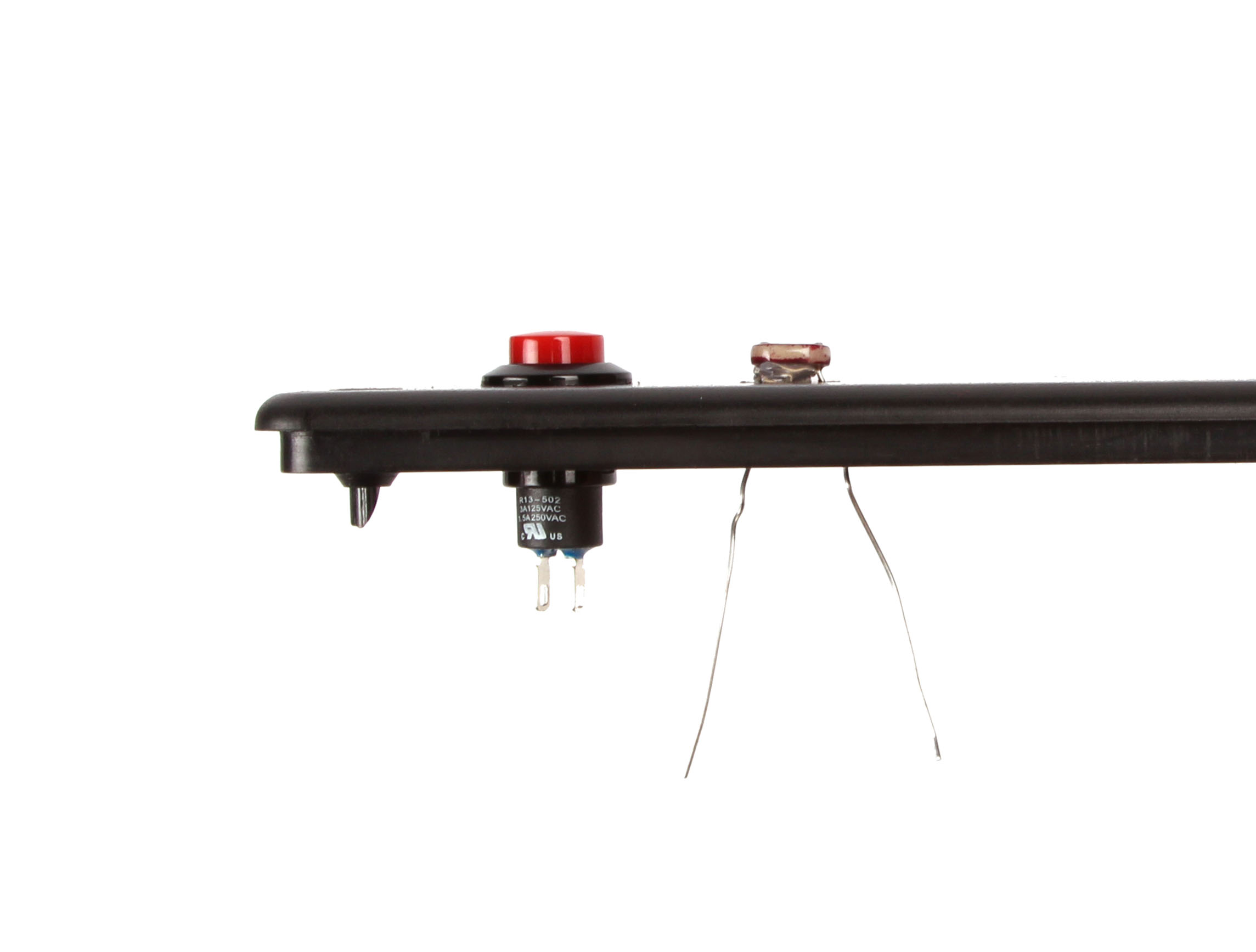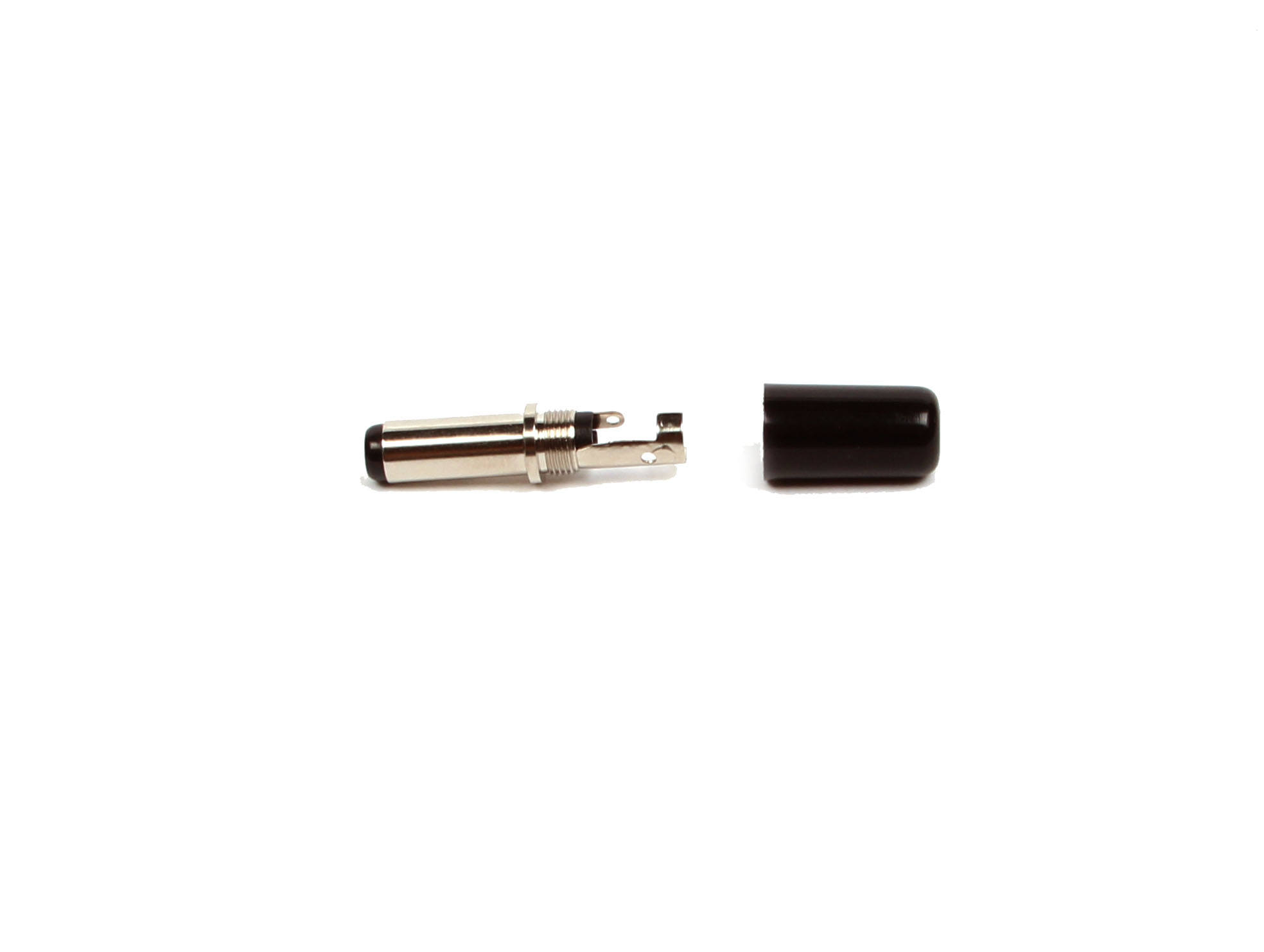Mailbox Phone Alert

The mailbox phone alert sends you a text whenever you get mail. I remember anxiously checking my mail multiple times a day during the spring of my senior year of high school as I awaited letters back from colleges. Nervously, I would walk up to the mailbox. My heart would skip a beat as I opened it. Nothing inside. I would then go through the same process an hour later. I thought, if only there were a solution to this nerve wracking struggle of checking the mail all the time. I have come to the solution, but sadly I am two years late. Fortunately, this is still a super handy device that I enjoy using and now YOU can prevent future mail angst by making it for yourself.
This project is perfect for you if you're anxious to get your mail, you have issues with mail theft, you like to be updated by phone on every aspect of your life, or you just want to make something cool.
The device uses a photoresistor to detect the light levels in the mailbox. When the light is above a certain threshold, the Arduino knows the mailbox is open. There is a red button on the front of the device that you press to arm it. After you press the button, the next time the mailbox is opened, presumably by the mailman, you will get a text. It will not send you a text again until you have armed it again. This ensures that you don't get a text every time you open the mailbox. Every time you pick up your mail, arm the mailbox phone alert and enjoy instant mail notification.
Preliminary advice: Inform your mailman of your contraption so that he does not think you have a planted a bomb in your mailbox and use a non-metal mailbox for good cellular connection.
What You Need

(x1) Arduino Uno (RadioShack #276-128)
(x1) GPRS/GSM Shield (RadioShack #276-246)
(x1) Prepaid SIM Card (RadioShack #17-8167)
(x1) CR1220 coin battery (RadioShack #23-793)
(x1) Photoresistor (RadioShack #276-1657)
(x1) Project Enclosure (RadioShack #270-1805)
(x1) SPST Pushbutton Switch (RadioShack #275-646)
(x1) Grid-style PC Board (RadioShack #276-149)
(x1) M-type power plug (RadioShack #274-1569)
(x1) 9 volt battery (RadioShack #23-1134)
(x1) 9 volt battery snap (RadioShack #270-324)
(x2) 10kOhm Resistor (RadioShack #271-1335)
(x1) GPRS/GSM Shield (RadioShack #276-246)
(x1) Prepaid SIM Card (RadioShack #17-8167)
(x1) CR1220 coin battery (RadioShack #23-793)
(x1) Photoresistor (RadioShack #276-1657)
(x1) Project Enclosure (RadioShack #270-1805)
(x1) SPST Pushbutton Switch (RadioShack #275-646)
(x1) Grid-style PC Board (RadioShack #276-149)
(x1) M-type power plug (RadioShack #274-1569)
(x1) 9 volt battery (RadioShack #23-1134)
(x1) 9 volt battery snap (RadioShack #270-324)
(x2) 10kOhm Resistor (RadioShack #271-1335)
Set Up GPRS/GSM Shield



Insert the coin cell battery into the holder on the bottom of the shield. Activate your SIM card by inserting it into an international phone or by calling the service provider. Slide the SIM card into the slot provided.
Drill


Drill two holes about a 1/4" apart on the front of your enclosure using a 1/16" drill bit. You will thread the two wires of your photoresistor through these holes.
Drill a hole next to the two 1/16" holes you just drilled using a 1/2" drill bit for your pushbutton.
Drill a hole next to the two 1/16" holes you just drilled using a 1/2" drill bit for your pushbutton.
Pushbutton and Photoresistor




Insert the two wires of the photoresistor into the 1/16" holes drilled on the front of the enclosure. Glue it in place.
Insert the pushbutton in the 1/2" hole. Fasten it in place with its mounting nut.
Insert the pushbutton in the 1/2" hole. Fasten it in place with its mounting nut.
Power





Take apart the M-type power plug.
Feed the black cover through the wires on the battery snap connector.
Solder the red wire of the battery snap to the tip terminal on the plug and the back wire to the barrel terminal.
Fit the GPRS/GSM Shield on top the Arduino and plug the M-type connector into the Arduino.
Feed the black cover through the wires on the battery snap connector.
Solder the red wire of the battery snap to the tip terminal on the plug and the back wire to the barrel terminal.
Fit the GPRS/GSM Shield on top the Arduino and plug the M-type connector into the Arduino.
GPRS/GSM Antenna




Place the GPRS/GSM Shield which is now attached to the Arduino and the 9V battery inside the project enclosure.
You will screw the cellular antenna onto the gold connector on the left side of the GPRS/GSM shield (labeled in the first image above). However, you will need to drill a hole in the project enclosure in order for it to fit.
Make a mark where the antenna should go on the side of the enclosure.
Drill a hole where you have marked the enclosure using a 27/64" drill bit.
Insert the antenna into the hole you just drilled and screw it onto the connector.
You will screw the cellular antenna onto the gold connector on the left side of the GPRS/GSM shield (labeled in the first image above). However, you will need to drill a hole in the project enclosure in order for it to fit.
Make a mark where the antenna should go on the side of the enclosure.
Drill a hole where you have marked the enclosure using a 27/64" drill bit.
Insert the antenna into the hole you just drilled and screw it onto the connector.
Program

Load the following code into the Arduino. Be sure to change the phone number in the SendTextMessage() method to your own phone number.
Possible causes for the shield not getting cellular connection are low battery power (in that case, just switch out the battery) or no cellular service (move to a location with service or refill the SIM card).
When the Arduino has power, a green LED labeled PWR should light up on the GPRS/GSM shield. Every time you reset the Arduino's code or disconnect a power source, you will need to hold down the button labeled PWRKEY on the GPRS/GSM Shield for a second to activate cellular connection.You know that the GPRS/GSM shield is working if a red LED labeled D2 is on and a green LED labeled D3 is blinking every few seconds.
Possible causes for the shield not getting cellular connection are low battery power (in that case, just switch out the battery) or no cellular service (move to a location with service or refill the SIM card).
Solder



Make note of where the Arduino pins line up with the pins on the GPRS shield. You will need to use 5V, GND, A1, and pin 3.
Above is the circuit you will be creating.
Solder a red wire that will connect to 5V on the Arduino and a black wire that will connect to ground on the Arduino.
Solder the two 10k pull-down resistors.
Solder wires that will connect to A1 and pin 3 on the Arduino.
Above is the circuit you will be creating.
Solder a red wire that will connect to 5V on the Arduino and a black wire that will connect to ground on the Arduino.
Solder the two 10k pull-down resistors.
Solder wires that will connect to A1 and pin 3 on the Arduino.
Solder Some More



Solder wire to the two lugs on the pushbutton.
Solder the pushbutton and the photoresistor to the PC board in the appropriate locations as indicated on the breadboard diagram.
Solder the pushbutton and the photoresistor to the PC board in the appropriate locations as indicated on the breadboard diagram.
Put It Together



Connect the red wire soldered to the PC board to the pin on the shield corresponding to 5V on the Arduino, the black wire to the pin connected to GND on the Arduino, the green wire connected to the photoresistor to the pin corresponding A1 on the Arduino, and the other green wire connected to the pushbutton to the pin connected to pin 3 on the Arduino.
After you have connected everything, gently fit the top onto the enclosure.
After you have connected everything, gently fit the top onto the enclosure.
Close It Up

Fasten the top on the project using the screws provided with the enclosure.
Use


Put the mailbox phone alert in your mailbox and enjoy instant mail notification!